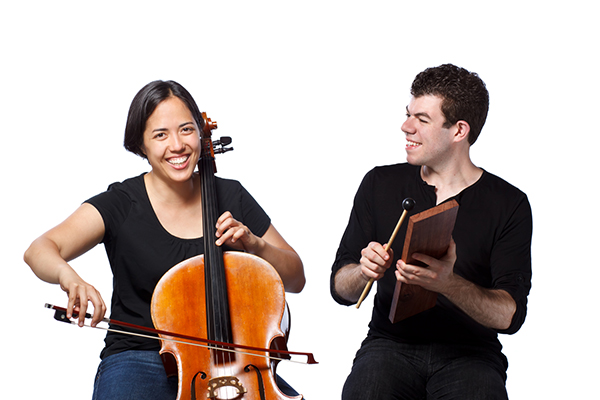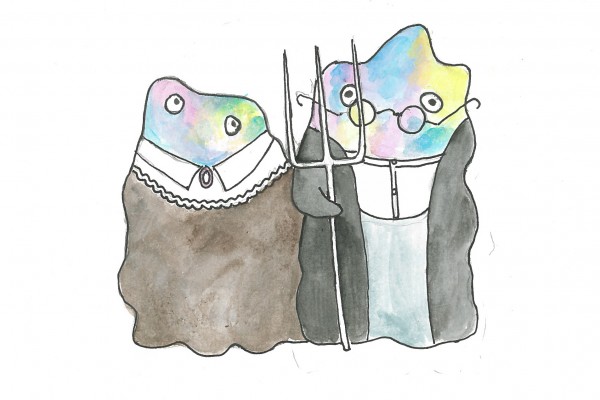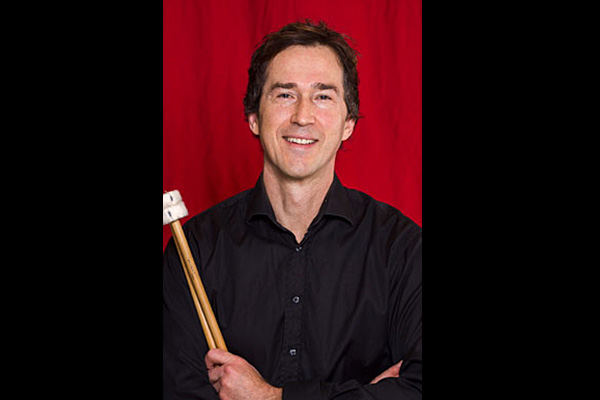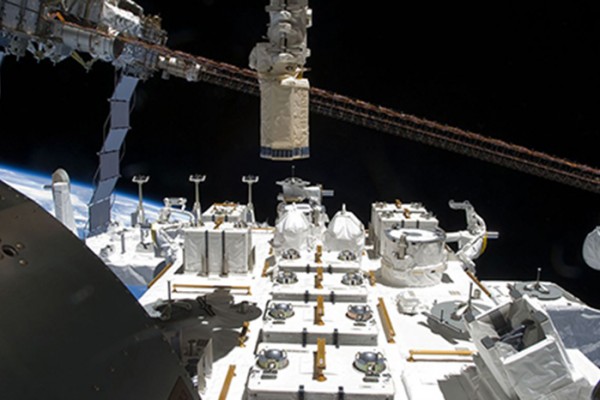Gephardt Institute presents inaugural Achievement in Community Engagement Awards
The Gephardt Institute for Civic and Community Engagement at Washington University in St. Louis has announced the inaugural recipients of its Achievement in Community Engagement Awards. They are Brian D. Carpenter, PhD (right), associate professor of psychology at Washington University in St. Louis; Leroy D. Nunery II, EdD, educational leader and founder of PlūsUltré LLC; and the United Way of Greater St. Louis.
DUC Chamber Music Series begins Sept. 21
Isabel Trautwein, violinist for the Cleveland Orchestra, will launch the Danforth University Center Chamber Music Series at Washington University in St. Louis with a free concert Sept. 21. Also featured this fall will be early music ensemble The Newberry Consort; a world premier by Washington University composer Christopher Stark; and the Songs of Africa Ensemble.
Bacterial infection makes farmers out of amoebae
A bacterial infection turns non-farming social amoebae into farmers, Washington University evolutionary biologists report in the Aug. 24 issue of Proceedings of the National Academy of Sciences.
Composer Shannon Wood premieres new work
Shannon Wood, principal timpani for the St. Louis Symphony, will debut a new work Sept. 13 in the 560 Music Center at Washington University in St. Louis. Written largely during Wood’s month-long stay in Sicily, the piece seeks to capture the rhythms and flavors of life on the Mediterranean island. The premiere will come as part of “Symphony in Your College,” a free concert presented by the Department of Music in Arts & Sciences and the St. Louis Symphony.
High-energy observatory launches this week
On Wednesday, Aug. 19, at 8:15 a.m. St. Louis time, NASA TV will begin broadcasting the launch of a cargo container at the Tanegashima Space Center off the southern coast of Japan. In addition to water and spare parts, the cargo container will carry CALET, an astrophysical observatory designed to study the high-energy cosmos.
Tate receives American Educational Research Association lifetime achievement award
William F. Tate, PhD, dean of the Graduate School of Arts & Sciences at Washington University in St. Louis, received the 2015 Distinguished Contributions to Social Contexts in Education Research-Lifetime Achievement Award from the American Educational Research Association-Division G for his research on social and science policy.
Newly discovered brain network recognizes what’s new, what’s familiar
New research from Washington University in St. Louis has identified a novel learning and memory brain network that processes incoming information based on whether it’s something we’ve experienced previously or is deemed to be altogether new and unknown, helping us recognize, for instance, whether the face before us is that of a familiar friend or a complete stranger.
Obituary: Ernst K. Zinner, astrophysicist and cosmochemist, 78
Ernst K. Zinner, PhD, research professor emeritus of physics and earth and planetary sciences in Arts & Sciences at Washington University in St. Louis, died Thursday, July 30, of medical complications of mantle cell lymphoma. Among many other accomplishments, in 1987 Zinner identified for the first time material in the laboratory that predated the formation of the solar system 4.6 billion years ago.
The Black Rep announces 2015-16 schedule
The Black Rep will launch its 2015-16 season with “Tell Me Somethin’ Good” at Washington University Sept. 2-20. The decades-spanning musical revue, one of the company’s most popular shows, is the first of three productions The Black Rep will present this year in the university’s Edison Theatre.
Doctoral student Wasmoen wins 2015 Best Translated Book Award
Annelise Finegan Wasmoen, a PhD candidate in comparative literature in Arts & Sciences at Washington University in St. Louis, won the 2015 Best Translated Book Award for fiction for her translation of Can Xue’s “The Last Lover” (Yale University Press, 2014) from Chinese to English.
View More Stories







